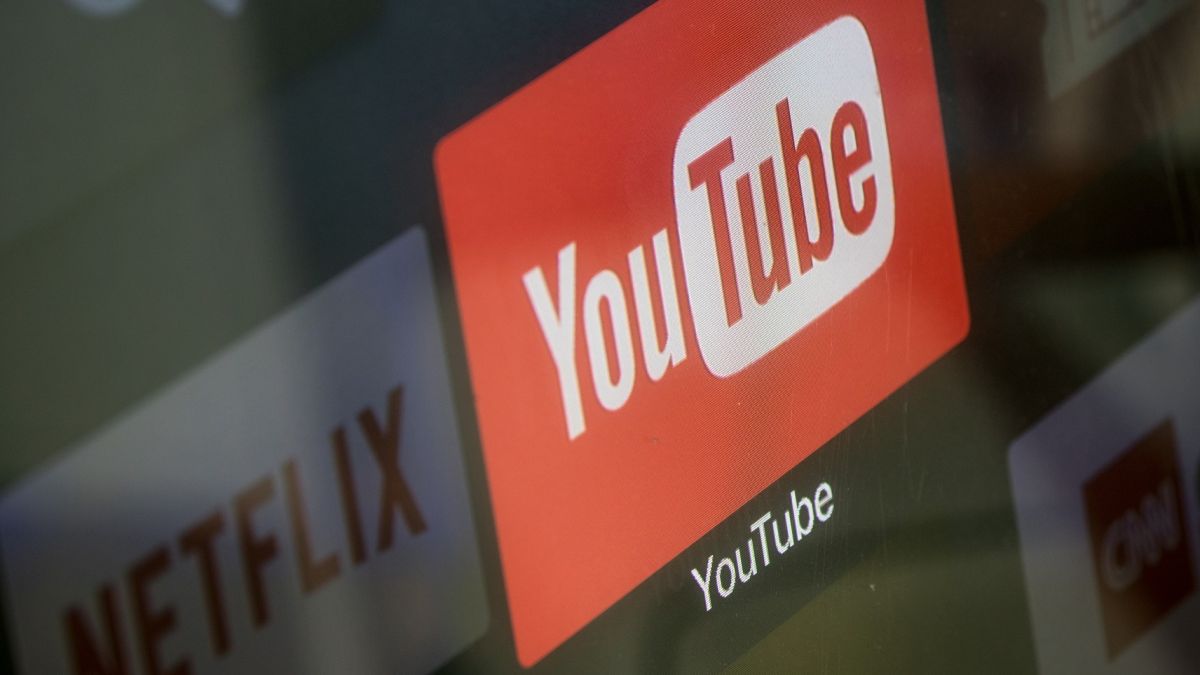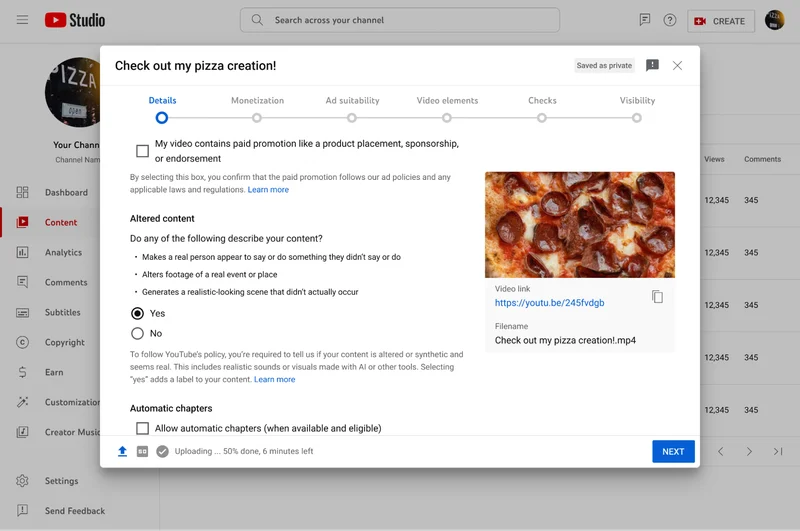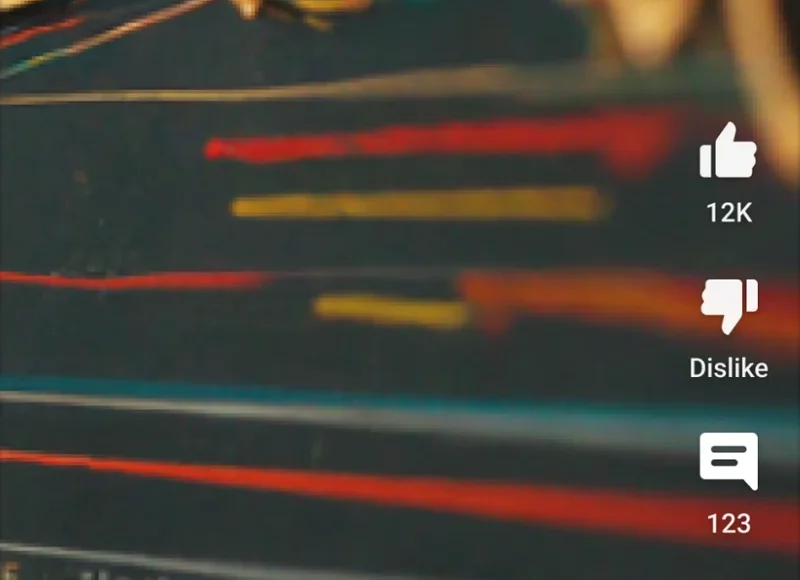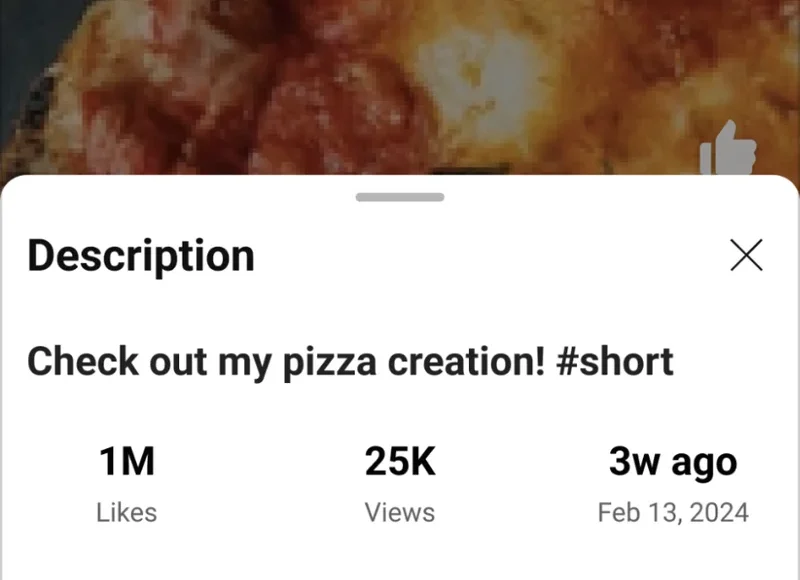
YouTube introduces the function of labeling content generated by artificial intelligence
YouTube has announced that authors can independently label videos that contain artificial or artificially generated content.
The corresponding checkbox appears when you upload and publish a video. Authors should indicate “altered or synthetic” content that looks realistic. This includes such things as forcing a real person to say or do something they did not say or do; changing shots of real events and places; showing a “realistic scene” that did not actually happen. Some examples that YouTube offers include showing a fake tornado moving towards a real city or using dipshots to make a real person narrate a video.

However, you don’t need to check the box for things like beauty filters, special effects such as background blurring, and “clearly unrealistic content” such as animation.
Like other platforms that have introduced AI content tags, YouTube’s feature relies on an honor system – creators must be honest about what appears in their videos. YouTube spokesperson Jack Malone has previously said that the company is “investing in tools” to detect content created by artificial intelligence, although AI detection software has historically been very inaccurate.
YouTube also states that it can add artificial intelligence disclosures to a video, even if the user who uploaded it did not do so. This is especially true if the altered or synthetic content is likely to confuse or mislead people. More prominent labels will also appear on the video itself for sensitive topics such as health, elections, and finance.



